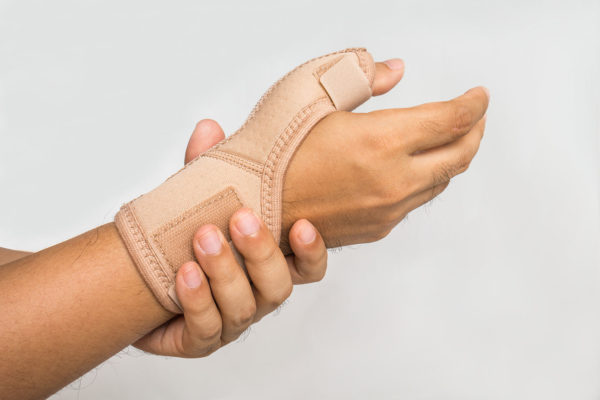
Thumb arthritis, a common form of hand arthritis, can significantly impact one’s quality of life. Ignoring the pain signals associated with thumb arthritis can lead to worsening symptoms and decreased hand function. In this article, we’ll delve into the common mistakes individuals make when dealing with thumb arthritis and how ignoring pain signals can exacerbate the condition.
Understanding Thumb Arthritis
Thumb arthritis, also known as basal joint arthritis, affects the joint at the base of the thumb. This joint, known as the carpometacarpal (CMC) joint, enables the thumb to move in various directions, facilitating gripping and pinching motions. Hand arthritis, including thumb arthritis, typically develops due to wear and tear on the joint cartilage over time. Factors such as ageing, genetics, and repetitive thumb movements can contribute to the development of thumb arthritis.
Mistake #1: Dismissing Early Warning Signs
One of the most common mistakes individuals make is dismissing early warning signs of thumb arthritis. These signs may include occasional pain or stiffness at the base of the thumb, particularly during activities that involve gripping or pinching. Instead of seeking medical attention at the onset of symptoms, individuals often ignore or downplay the discomfort, assuming it’s a normal part of ageing or temporary strain.
Mistake #2: Neglecting Pain Management Strategies
Another critical mistake is neglecting pain management strategies for thumb arthritis. While over-the-counter pain relievers can provide temporary relief, they may not address the underlying inflammation and joint damage associated with thumb arthritis. Individuals may opt to ignore the pain rather than exploring more effective treatment options, such as splinting, hand exercises, or corticosteroid injections, recommended by healthcare professionals.
Mistake #3: Avoiding Hand Exercises

Hand exercises play a crucial role in maintaining thumb flexibility and strength, yet many individuals with thumb arthritis avoid incorporating them into their daily routine. By neglecting hand exercises, individuals miss out on opportunities to improve joint mobility, reduce stiffness, and alleviate pain associated with thumb arthritis. Simple exercises, such as thumb stretches and grip strengthening exercises, can help preserve hand function and alleviate discomfort.
Mistake #4: Failing to Modify Activities
Failing to modify activities that exacerbate thumb arthritis symptoms is another common mistake. Certain activities, such as repetitive gripping or pinching motions, can strain the thumb joint and increase pain and inflammation. Rather than adjusting their approach to daily tasks or hobbies, individuals may continue engaging in activities that worsen thumb arthritis symptoms, leading to further joint damage and functional impairment.
Mistake #5: Delaying Medical Evaluation
Delaying medical evaluation and treatment for thumb arthritis is perhaps the most detrimental mistake individuals can make. Early intervention is key to managing thumb arthritis effectively and preventing irreversible joint damage. Ignoring persistent thumb pain or assuming it will resolve on its own can result in missed opportunities for early intervention and more conservative treatment options.
Mistake #6: Disregarding Lifestyle Modifications
Disregarding lifestyle modifications is a critical mistake when dealing with thumb arthritis. Certain lifestyle factors, such as diet and weight management, can influence inflammation levels in the body, including the joints. Individuals with thumb arthritis may overlook the importance of maintaining a healthy weight and consuming an anti-inflammatory diet rich in fruits, vegetables, and omega-3 fatty acids. By neglecting these lifestyle modifications, individuals miss out on opportunities to reduce inflammation and alleviate symptoms associated with thumb arthritis. Additionally, quitting smoking and minimising alcohol consumption can also contribute to overall joint health and may help manage thumb arthritis symptoms more effectively. Incorporating these lifestyle changes can complement medical treatments and improve the long-term outlook for individuals living with thumb arthritis.
Conclusion
Ignoring pain signals associated with thumb arthritis can have significant consequences on hand function and overall quality of life. By avoiding the common mistakes outlined in this article and proactively addressing thumb arthritis symptoms, individuals can better manage the condition and maintain optimal hand function. Remember, early intervention and proactive management strategies are essential for effectively coping with thumb arthritis and minimising its impact on daily activities.

